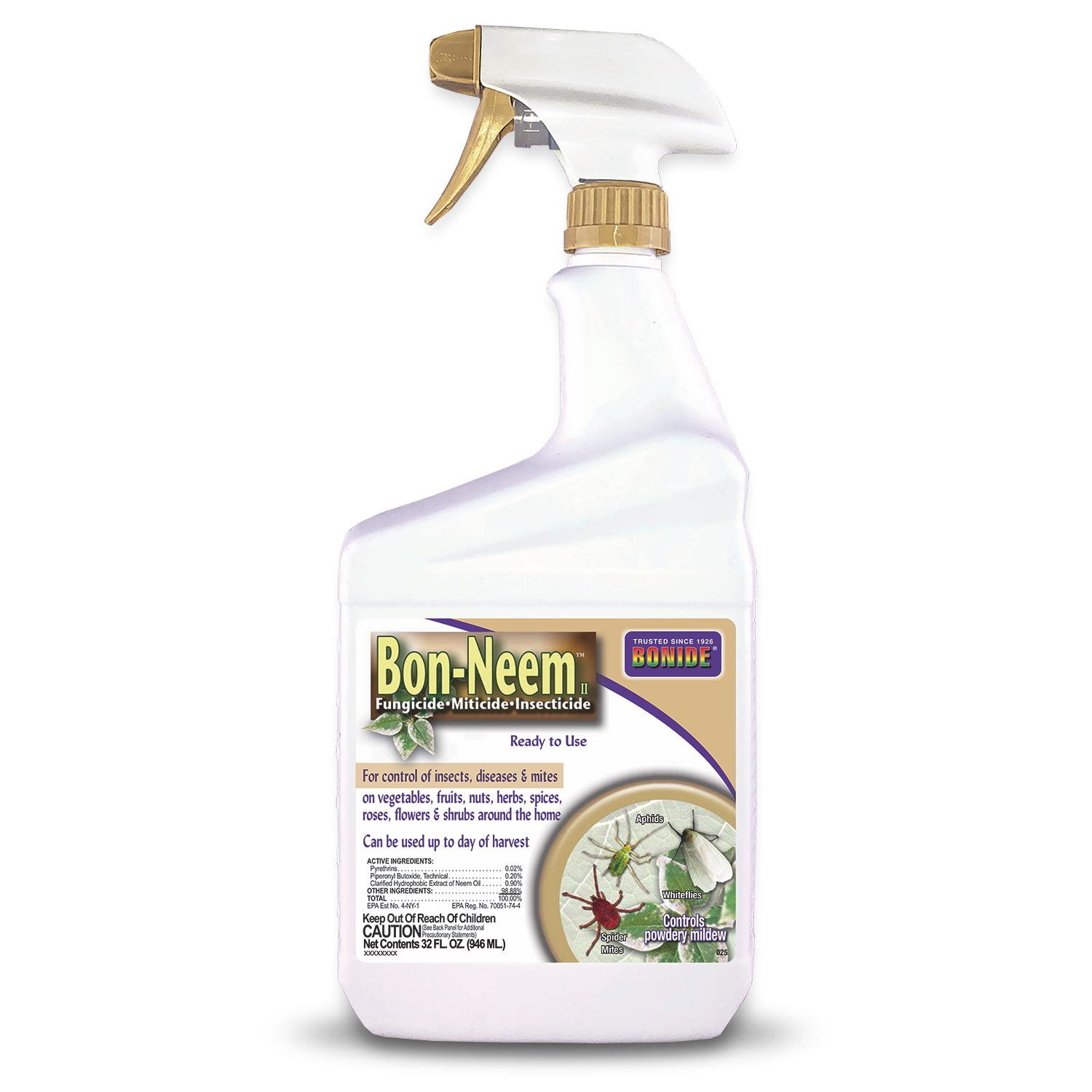
Crane flies, though similar in appearance to a giant mosquito, are not a type of mosquito and do not bite. They are actually classified as a family of flies called Tipulidae. Crane flies are very slender, with long and fragile legs that break off easily. Adult common crane flies usually have two generations; one that emerges in early spring and the second in late summer to fall. Females can lay 200 to 300 eggs in turf over a three to four day period. Larvae emerge within a week and are grey-brown in color, cylindrical in shape, and feed primarily on decomposing organic matter. Four different species of crane flies, including the European Crane Fly, can cause damage to lawns, feeding on turf roots and crowns.
The larvae are the damaging stage of this pest. They stay mostly below ground, but may feed above ground on damp, warm nights. Secondary damage may occur from birds and rodents feeding on larvae and digging up turf. Larvae will spend the winter in the soil but will not feed until temperatures warm the following spring. This is when damage becomes noticeable as dying patches of turf grass. Remove excessive thatch since it provides an ideal habitat for the larvae. Aerate the soil to stimulate root development and improve the movement of water and nutrients into the soil. All stages of this insect are sensitive to drought conditions and require wet, moist conditions to survive.





